“Dere” refers to an archetype given to different characters in anime. Each type of dere has different character traits that define a character’s actions and personality. Some dere types are more popular than others, and some are so obscure that they might be nearly unheard of.
That said, there are a surprisingly large number of dere archetypes, with some being more common than others. The following dere archetypes are some of the most common ones seen across anime, but rarer ones have also been included, along with examples of characters from various anime series that fit those respective archetypes.
Updated on April 11th, 2023 by Xandalee Joseph: Several anime characters can be categorized by their dere types. As anime and manga continue to develop, fans are treated to dynamic deres that fit into multiple categories. As such, we’ve revamped this list with even more info about dere types.
Goudere
Gou Gou (Boisterous) + Dere Dere (Loving)

Goudere is one of the rarer dere types and there aren’t too many around, but it’s an interesting archetype to look at. “Gou” can refer to a few different Japanese words, such as “gouki” (either “strong demon” or “fortitude,” depending on which kanji is used), but it’s most often attributed to the phrase “gou gou,” which means something along the lines of “boisterous.”
Famous Goudere Characters:
-
Albedo (
Overlord
) -
Kuroko Shirai (
A Certain Magical Index
) -
Kokomi Teruhashi (
The Disastrous Life of Saiki K.
) -
Tohru Kobayashi (
Miss Kobayashi’s Dragon Maid
)
Goudere characters are fanatical about impressing their love interest, up to the point of making comical mistakes in their efforts to please them. Tohru from Miss Kobayashi’s Dragon Maid is a great example of a goudere who goes out of her way to anticipate her love interest’s every need and fulfill it, whether Kobayashi wants her to or not.
Tsundere
Tsun Tsun (Cold) + Dere Dere (Loving)

Tsundere is perhaps the most common dere archetype found in anime and manga. “Tsun” refers to the Japanese onomatopoeia “tsun tsun,” which indicates turning away in disgust or anger. Tsundere characters have harsh personalities and openly show animosity towards their love interest. But if their love interest compliments them or shows any appreciation for them, tsundere characters will become shy and embarrassed.
Famous Tsundere Characters:
-
Kagami Hiiragi (
Lucky Star
) -
Rin Tohsaka (
Fate/Stay Night
) -
Asuka Langley Soryu (
Neon Genesis Evangelion
) -
Kyo Sohma (
Fruits Basket
)
Often, they choose to be standoffish or defensive to hide their embarrassment while secretly feeling happy that they were noticed. Some tsundere are known for becoming comically violent when embarrassed by their love interest. Kyo Sohma from Fruits Basket is a great example of a male tsundere, while Kurisu Makise from Steins;Gate is a great example of a female tsundere.
Yandere
Yanderu (Sick) + Dere Dere (Loving)

Yandere characters are lovesick. They are obsessed with their love interest and will relentlessly pursue them regardless of whether the feelings are returned. “Yan” refers to the Japanese word “yanderu,” meaning sick. On the outside, yandere characters are kind and sweet, blending in with others very well. This sweet surface belies the dangerous obsession for their love interest roiling within their hearts. Yandere characters are masters of deception until anything involving their love interest comes into play.
Famous Yandere Characters:
-
Sekai Saonji (
School Days
) -
Satou Matsuzaka (
Happy Sugar Life
) -
Kaede Fuyou (
Shuffle!
) -
Yukako Yamagishi (
Jojo’s Bizarre Adventure
)
At these moments, the facade drops, and their willingness to do literally anything to be with their love interest takes over. They’re known for violent acts, including kidnapping and murder, and have even been known to kill their love interests to prevent them from getting close to anyone else. Yuno Gasai from Future Diary is an especially famous female yandere.
Deredere
Dere Dere (Loving)

Deredere characters are purely lovestruck since there’s no other term mixed in with “dere dere,” which refers to feeling lovestruck or lovey-dovey. These characters are energetic and sweet, and they openly express their affection for their love interests in a healthy way.
Famous Deredere Characters:
-
Eru Chitanda (
Hyouka
) -
Yui Hirasawa (
K-ON!
) -
Akari Akaza (
Yuru Yuri
) -
Marin Kitagawa (
My Dress-Up Darling
)
Deredere characters typically aren’t insecure about their love interest being involved with others, making them the most balanced dere type around. The ever-popular Ochaco Uraraka from My Hero Academia is a good example of a female deredere character.
Dandere
Danmari (Silent) + Dere Dere (Loving)

Dandere characters are composed and typically non-emotional, sometimes due to crippling shyness. “Dan” refers to the Japanese word “danmari,” meaning to keep silent or taciturn. Dandere characters usually don’t speak unless spoken to, and even then, they’ll likely say very little.
Famous Dandere Characters:
-
Ami Mizuno (
Sailor Moon
) -
Anri Sonohara (
Durarara!!
) -
Sawako Kuronuma (
Kimi ni Todoke
) -
Yuu Ishigami (
Kaguya-sama: Love Is War!
)
Dandere characters aren’t necessarily mean or cold, they just don’t choose to express themselves in words and might be asocial. The “dere” part kicks in around their love interests, as dandere characters can be quite chatty around the right person. The powerful Hinata Hyuga from Naruto is an exemplary dandere character.
Himedere/Oujidere
Hime (Princess) or Ouji (Prince) + Dere Dere (Loving)

Himedere and Oujidere are two sides of the same coin. “Hime” refers to the Japanese word for “princess,” while “ouji” is the Japanese word for “prince.” These characters don’t have to be actual princes and princesses but tend to act like royalty and they want their love interests to treat them as such.
Famous Himedere/Ouijedere Characters:
-
Eris Boreas Greyrat (
Mushoku Tensei
) -
Mary Saotome (
Kakegurui
) -
Lelouch Lamperouge (
Code Geass
) -
Tamaki Suoh (
Ouran High School Host Club
)
Noelle Silva from Black Clover is an example of a himedere who’s actually from a royal family, and she demands that everyone treats her as royalty despite being a member of the low-ranking Black Bulls. Notably, Noelle also acts tsundere towards Asta. An example of an oujidere is Ciel Phantomhive from Black Butler. Ciel is arrogant and relies on his servants to do everything.
Bakadere/Ahodere
Baka (Idiot) or Aho (Stupid) + Dere Dere (Loving)

Bakadere is a rare archetype that refers to a character that is clumsy and often thinks with their heart as opposed to their head. “Baka” is a Japanese word for “stupid” or “idiot.” Bakadere characters commonly overlap with other dere types, like the ahodere.
Famous Bakadere/Ahodere Characters:
-
Mako Mankanshoku (
Kill la Kill
) -
Yuko Yoshida (
The Demon Girl Next Door
) -
Atsuko Kagari (
Little Witch Academia
) -
Junichirou Kubota (
Tomo-chan Is a Girl!
)
However, there are some pure bakadere characters out there. Bakadere characters are most commonly seen in slice-of-life anime. Tohru Honda from Fruits Basket is a classic bakadere character (with a pinch of deredere). Her affection for Kyo is expressed with pure joy and charming clumsiness.
Kamidere
Kami (God) + Dere Dere (Loving)

Kamidere characters are those who have a god complex, with “kami” referring to the Japanese word for “god.” Like most dere types, kamidere characters aren’t restricted to a specific gender, but there are a couple of types of kamidere characters. One trait all kamidere characters share is pride in themselves and their “god-like” talents. Sometimes this manifests in them thinking they are a deity or superior being.
Famous Kamidere Characters:
-
Gilgamesh (
Fate/Stay Night
) -
Dio Brando (
JoJo’s Bizarre Adventure
) -
Haruhi Suzumiya (
The Melancholy Of Haruhi Suzumiya
) -
Satsuki Kiryuuin (
Kill La Kill!
)
One type of kamidere will have these conceptions but still respect others, while the other type of kamidere will be openly condescending, arrogant, and narcissistic. Although the irredeemable anti-hero Light Yagami from Death Note doesn’t have much interest in love or romance outside his own manipulative goals, he’s still a great example of a kamidere character.
Kuudere
Kuuru (Cool) + Dere Dere (Loving)

Kuudere characters are quiet like dandere, but not from a sense of shyness. Rather, kuudere characters are cold and cynical. “Kuu” comes from the Japanese romanization of the English word “cool,” written in romaji as “kuuru.” Kuudere characters rarely show a caring side, even to their love interest. Outwardly, they act as if they don’t care about what happens to those around them, but they secretly do care – especially when it involves their love interest.
Famous Kuudere Characters:
-
Rei Ayanami (
Neon Genesis Evangelion
) -
Yuki Nagato (
The Melancholy Of Haruhi Suzumiya
) -
Kanade Tachibana (
Angel Beats
) -
Fuyutsuki (
The Ice Guy and His Cool Female Colleague
)
A great example of a kuudere is Homura Akemi from Puella MagiMadoka Magica. Homura is cold to Madoka throughout the series because she knows the fate of the world and intends to sacrifice herself to save it, so she doesn’t see the point in getting close to anyone. She’s unable to keep up her distant demeanor as the series goes on, however, and fans get to see the “dere” side of Homura by the end of the series.
Sadodere
Sado (Sadistic) + Dere Dere (Loving)

Sadodere characters love to manipulate others in cruel ways. Just as the “kuu” in kuudere comes from an English word, the “sado” in sadodere refers to the Japanese pronunciation of the English word “sadomasochism.” Sadodere characters get pleasure from putting their love interest in tough situations that cause either pain or humiliation, whether it be physical or emotional.
Famous Sadodere Characters:
-
Hayase Nagatoro (
Don’t Toy With Me, Miss Nagatoro
) -
Mami Nanami (
Rent-A-Girlfriend
) -
Himiko Toga (
My Hero Academia
) -
Akiko Yosano (
Bungou Stray Dogs
)
Sadodere characters lack empathy for others and only take interest in those they value. An example of a sadodere is Kurumi Tokisaki from Date A Live. Kurumi often manipulates Shidou Itsuka throughout the series and feels that she is the only person who’s allowed to do so. Kurumi saves Shidou in different situations, but usually with the intention of hurting him later.
Shundere
Shun (Sadness) + Dere Dere (Loving)

Shundere characters are commonly portrayed to be sad or melancholic throughout the series. “Shun” refers to the Japanese onomatopoeia “shun…,” which denotes a sense of melancholy and sadness. Shundere characters don’t always need a reason to be sad, as being gloomy is typically enough to earn a character the shundere moniker.
Famous Shundere Characters:
-
Nozomu Itoshiki (
Sayonara, Zetsubou-Sensei
) -
Megumi Hanajima (
Fruits Basket
) -
Mei Misaki (
Another
) -
Rei Kiriyama (
March Comes In Like A Lion
)
An example of a shundere is Tomoko Kuroki from WataMote: No Matter How I Look at It, It’s Your Guys’ Fault I’m Unpopular!. Tomoko is an introvert who feels out of her element in social situations. She tries to fit in several times over the series and fails spectacularly, usually due to her own naivete and hubris… and usually feels depressed as a result.
Hiyakasudere
Hiyakasu (Tease) + Dere Dere (Loving)

This is another of the more unheard-of archetypes, but that may be due to the fact that they overlap with other dere types like tsundere and sadodere. “Hiyakasu” references a Japanese verb meaning “to banter, make fun of, or jeer at.” Accordingly, hiyakasudere characters take pleasure in teasing and flirting with their love interests.
Famous Hiyakasudere Characters:
-
Hana Uzaki (
Uzaki-chan Wants to Hang Out!
) -
Takagi (
Teasing Master Takagi-san
) -
Mayoi Hachikuji (
Monogatari
Series) -
Blair (
Soul Eater
)
They’re not cruel like sadoderes, nor are they prone to embarrassment like tsunderes, meaning this archetype can stand on its own. Holo from Spice & Wolf is a fantastic example of a hiyakasudere. She’s always picking on Lawrence and having playful battles of wits.
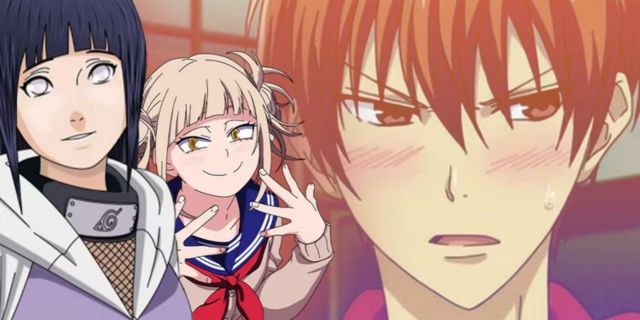
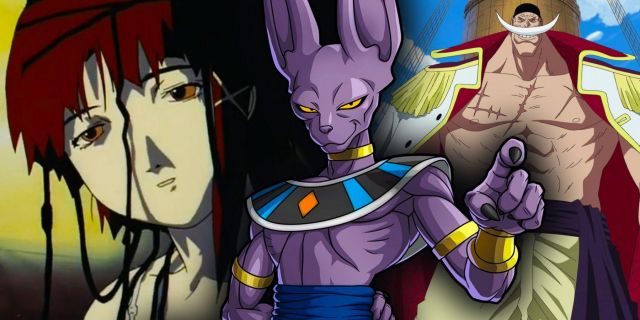


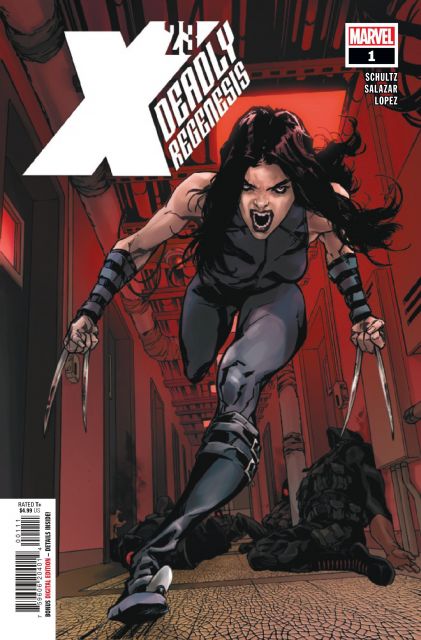
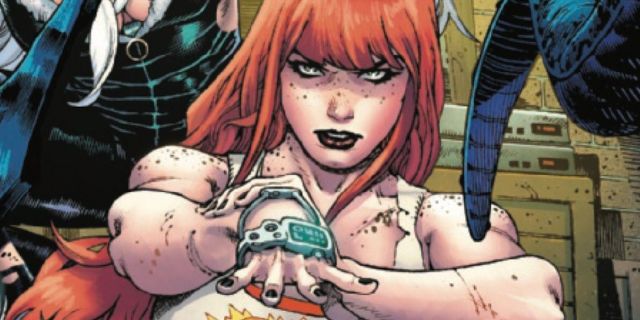
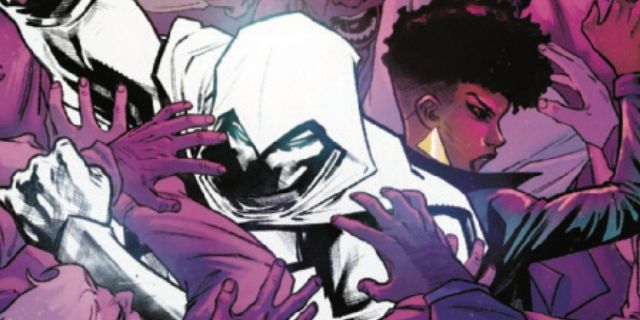


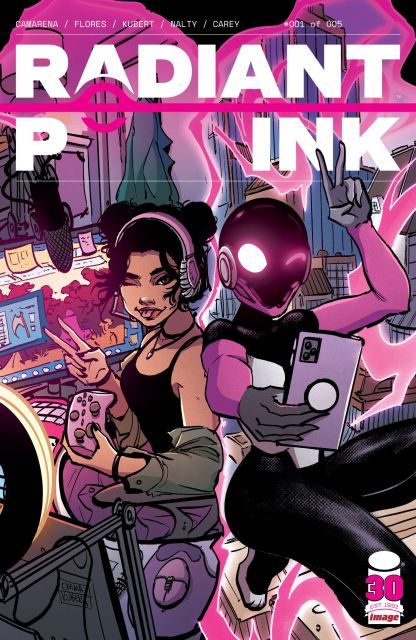





Leave a Reply